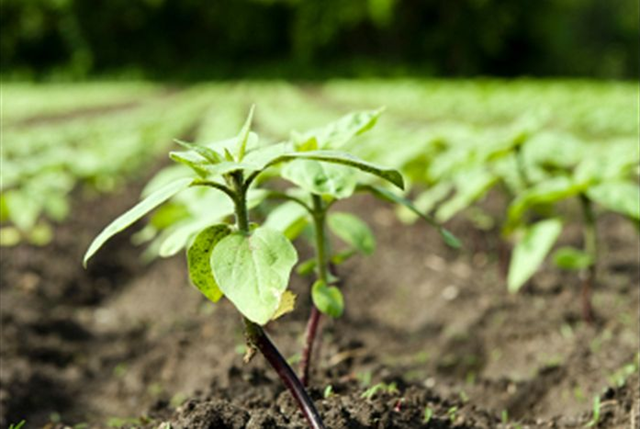Fertilisers behind increase in atmospheric nitrous oxide
By Darren Osborne, ABC
16 March 2012 The increasing amount of nitrous oxide in the atmosphere over the last 65 years is due to nitrogen-based fertilisers, according to a new study. An international team of scientists, led by University of California-Berkeley researcher Dr Sunyoung Park, made the finding after studying air collected at the Cape Grim Station in Tasmania and sampled from the Antarctic ice sheet. Previous studies have shown a 20 per cent increase in the level of N2O since 1750 – from below 270 parts per billion to more than 320 ppb. Despite being relatively low in concentration, N2O is considered a significant contributor to global warming (about 6 per cent) and also destroys ozone in the stratosphere. It is produced naturally and by human activities such as agriculture. According to this latest report, which appears this week in the online edition of Nature Geoscience, changes in the ratio of nitrogen-14 and nitrogen-15 point to the use of agricultural fertilisers as the main source of the increase. “In this new paper we used isotopes – slightly different forms of nitrogen and oxygen atoms in the N2O molecule – as tracers of what the sources are behind that increase,” says paper co-author Dr David Etherege, a principal research scientist at CSIRO in Marine and Atmospheric Research in Melbourne. “We know that when fertiliser is added to soils it stimulates microbes to release N2O with the lighter form of nitrogen-14. Over the Industrial Period we see a decline in the ratio of [nitrogen-15],” he says. “So those two bits of matching pieces of information let us know that [the growth in N2O is] consistent with the use of agricultural fertilisers.” […] The use of fertilisers in agriculture, both for food and biofuel production, is expected to increase as demand for both rises. […]
